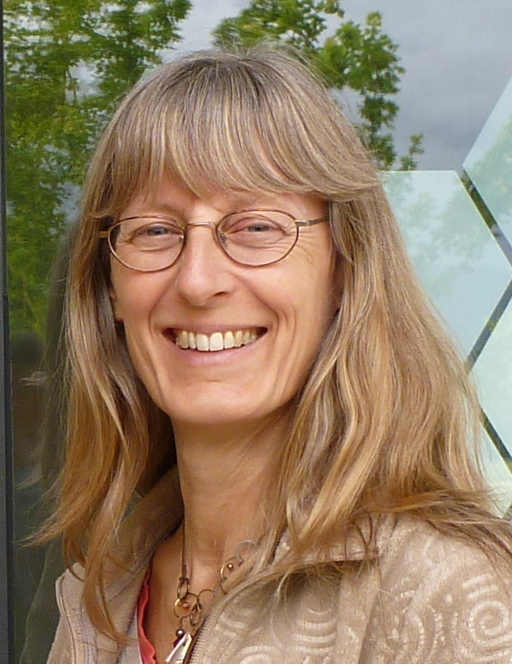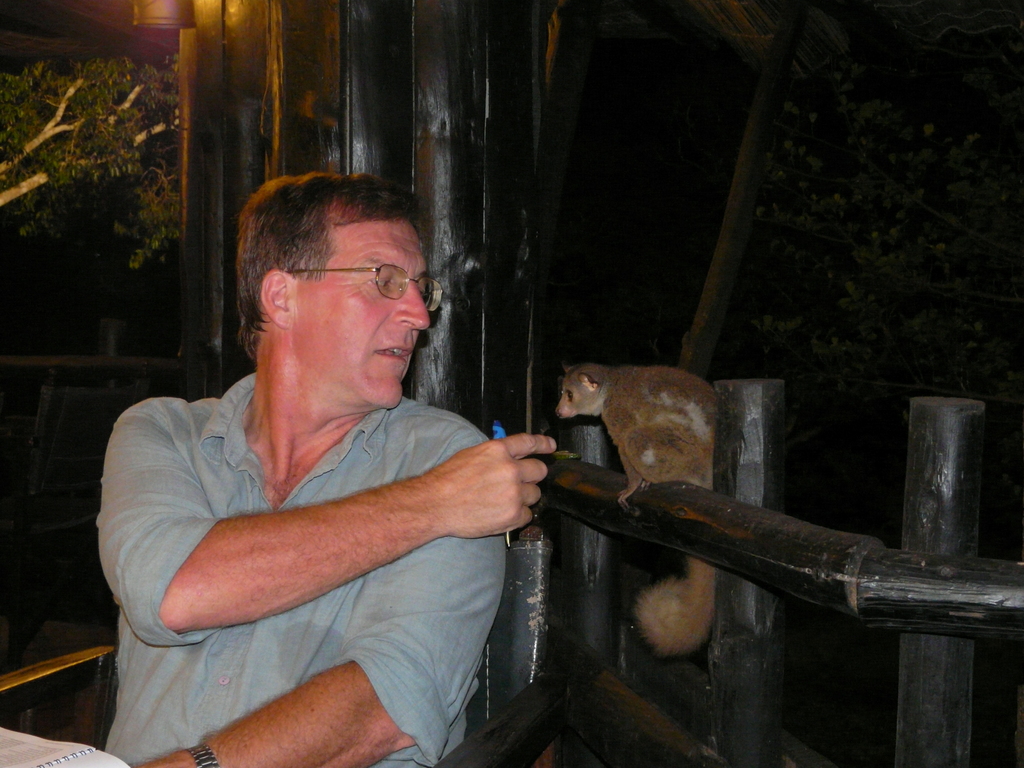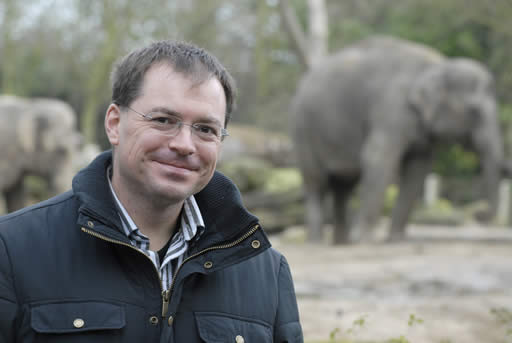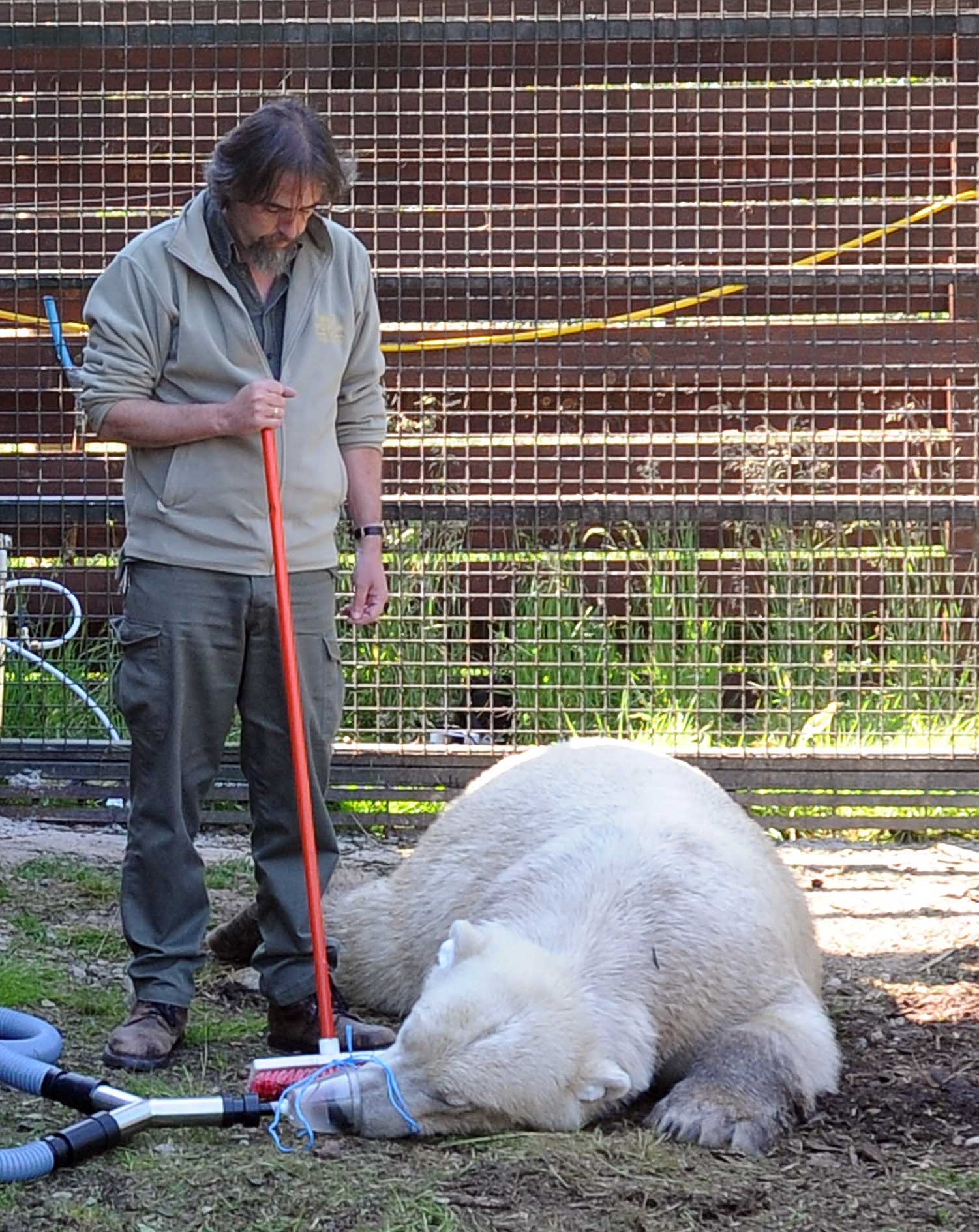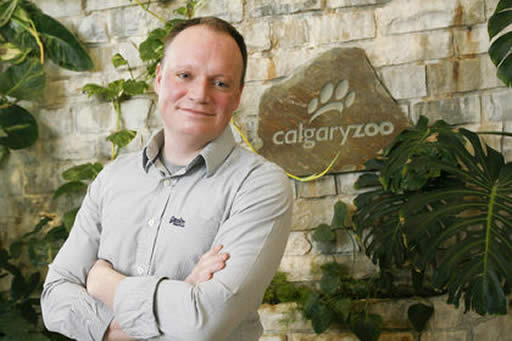SPEAKERS


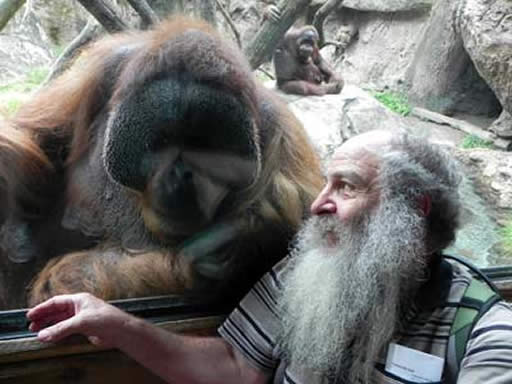

Becca Hanson is a Fellow of the American Society of Landscape Architects and founding director of both The Portico Group in 1983 and Studio Hanson/Roberts in 2003. Both firms were established to provide highly-personalized expertise for the planning and design of intriguing and delightful learning experiences in the company of living plants and animals. Having worked with zoos and aquariums for over 35 years and completed over 120 projects in 13 countries, she has participated in the massive changes that have occurred – and continue to occur – as we all learn more about the science of behavioral ecology, welfare and resilience, and as she has honed her own professional practice to focus on effecting conservation by design.
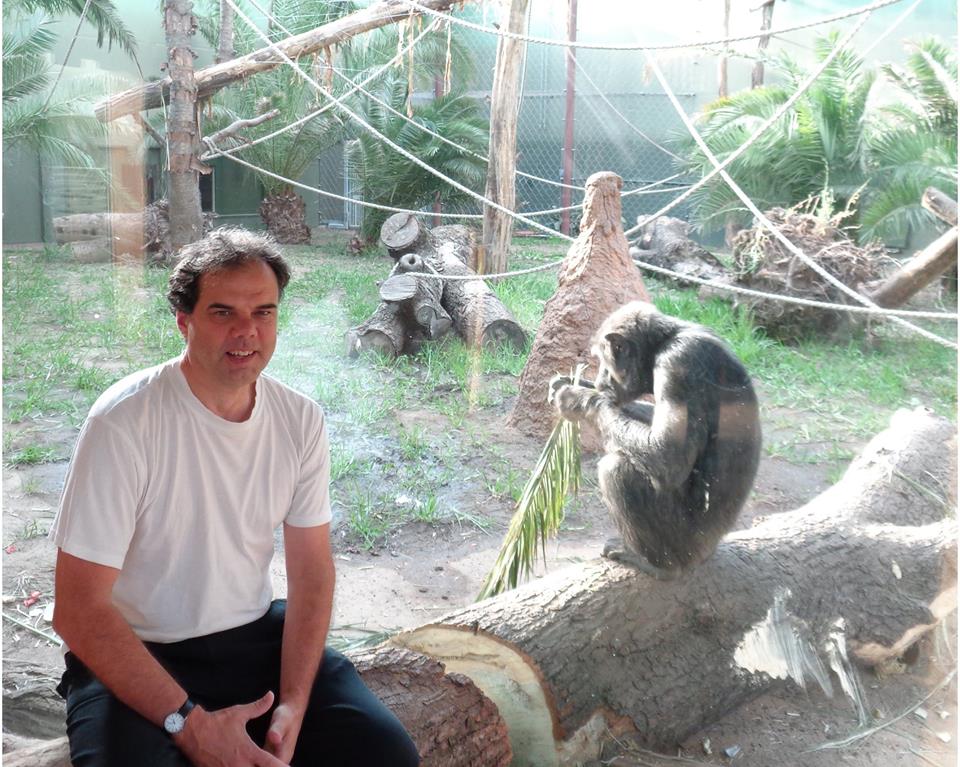
Erik van Vliet
Erik van Vliet started working as a zoo keeper at Wassenaar Zoo in the Netherlands when he was twelve years old. He studied landscape design and biology at Art School Kampen and University of Amsterdam with the aim of becoming a zoo designer. He still believes that storytelling is at the heart of what a zoo should offer its visitors. The first assignment was at Beekse Bergen Safaripark where the traditional style drive through park was converted into a modern wildlife park. Erik has also a soft spot for the classical urban zoos. There is no discrepancy between state of the art zoo design techniques and historical environments. Last but not least he is into making something good from something bad in a cost-effective way. His book ‘Exhibiting Zoo Animals’, a self-help zoo design guide, was published in 2015.
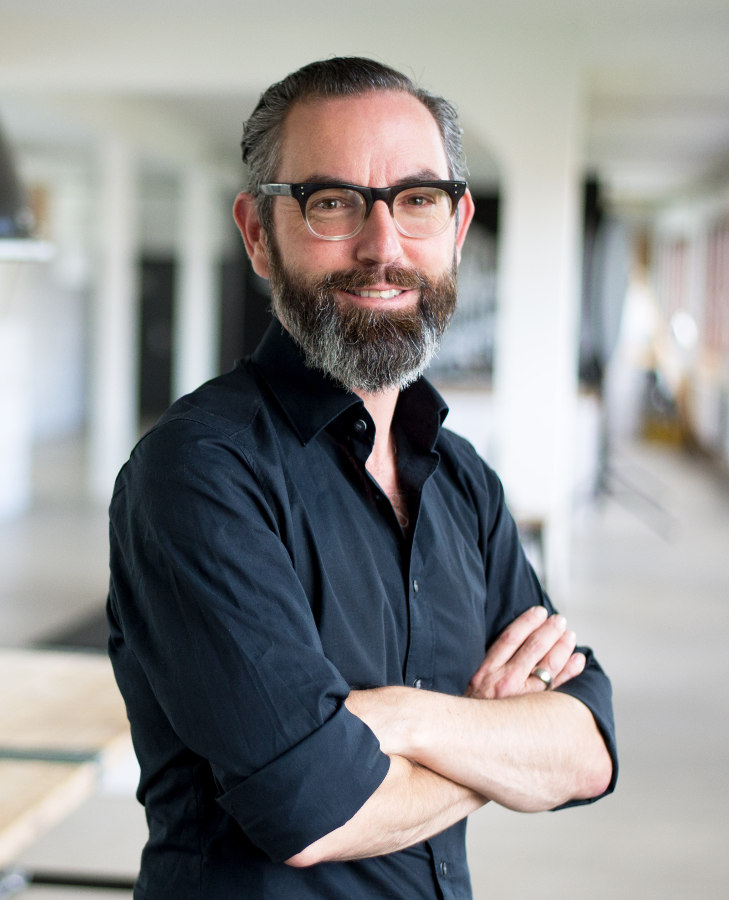
Kieran Stanley
Kieran Stanley studied architecture in Dublin and is founder and Creative Director of dan pearlman Experience Architecture, Berlin.
Specialising early in the development of Zoos, he worked on the Masterplan for the Hannover Zoo from 1995 onward. He has developed the amphibious safari and the Panda World environment at Everland Resort, South Korea, setting new global standards for Giant Pandas; Master planning for several Zoos and Parks worldwide, specifically in China, UK, Italy, Denmark and Germany, most recently completing the Masterplans for both Berlin Zoos parallel. In 2015, he developed „Islands“ for Chester Zoo, England’s largest and most ambitious zoo development yet.
Kieran does not see himself as just an architect, moreover a strategic partner working integratively and holistically to create relevancy and a sustainable path forward for each zoo.
